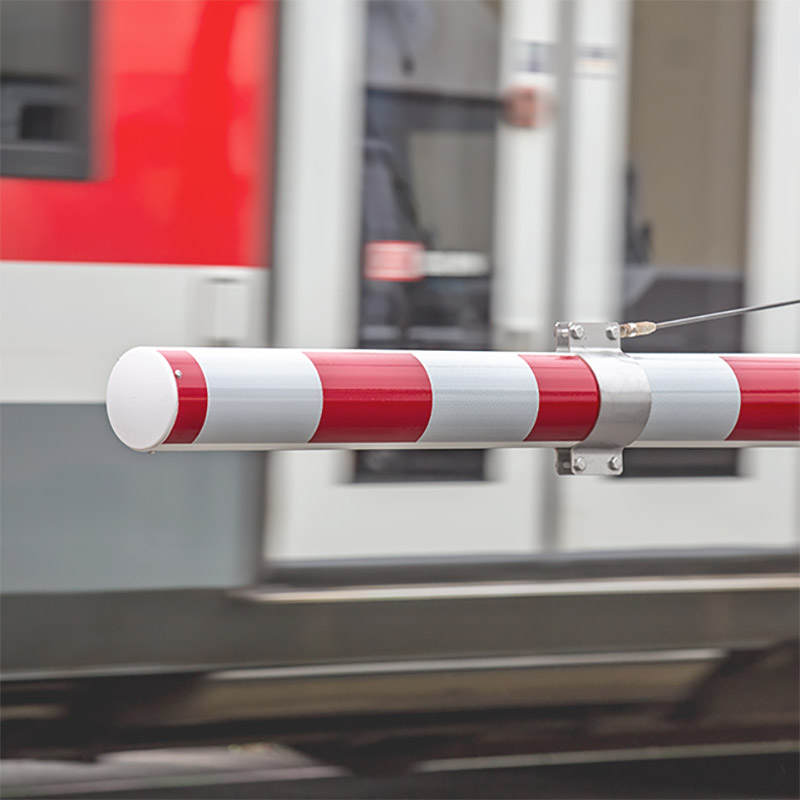berlin
A study which proposes a strategy for condition based maintenance optimization for railways.
A study which proposes a strategy for condition based maintenance optimization for railways.
A presentation which explains how the why because analysis approach to accident analysis has great potential in railway accident analysis.
A paper which describes the development of an algorithm which filters out many false alarms. One of the filters is that a warning is given only when there is a risk of a collision between trains. The paper describes how the algorithm works, what happens in case of an alarm and how the algorithm performed during testing.
A paper which explains the GAME framework for implementing a human factors approach to safety management systems as used by SNCF in France.
A paper which compares a state of the art proactive risk assessment methodology to the application of technical systems with a traditional approach. The paper concludes that although implementation of a proactive risk assessment requires more time and effort at the beginning of a project, the benefits of identifying hazards and risks ensure individuals are not exposed to risk and safety measures can be implemented during the project .
A paper which examines the factors which shape individual perception and tolerance of risk and explores the link between risk pereception and safe behaviour and how this thinking may improve safety in the rail industry. The paper also provides the background to causation factors leading to an accident in NSW Australia. These include multiple engineering and system failures.
A paper which describes how a risk-based model to tackle human factor issues has been adopted for the railways in Hong Kong. With this model appropriate safeguards and inspection plans are implemented to reduce the risk arising from human factors. The second part of the paper seeks to shed light on potential human issues in railway development, drawing on lessons learned from five railway accidents which occurred between 2010 and 2012.
A paper which reports the lessons learned from members of the East Japan Railway Workers Union (JREU) who experienced the Great East Japan Earthquake. The lessons learned include practical measues and on-site safety training tailored to each work-site to reflect the different conditions.
A paper which reports on a number of acts of violence against East Japan railway workers union members by members of the public. The paper discusses the actions taken to help keep workers safe.
A paper which describes railway suicides, their characteristics and measures to prevent them in various contexts. Comparing data from other countries, the authors identify potential intervention strategies for the Canadian context and propose two for detailed testing.


